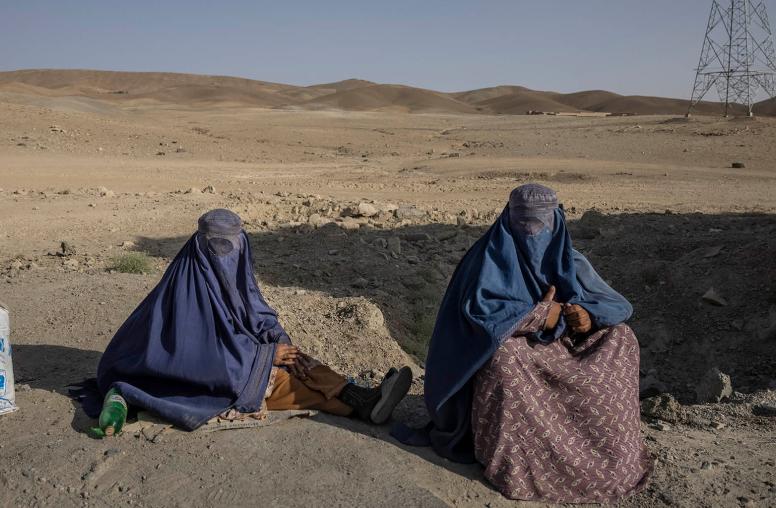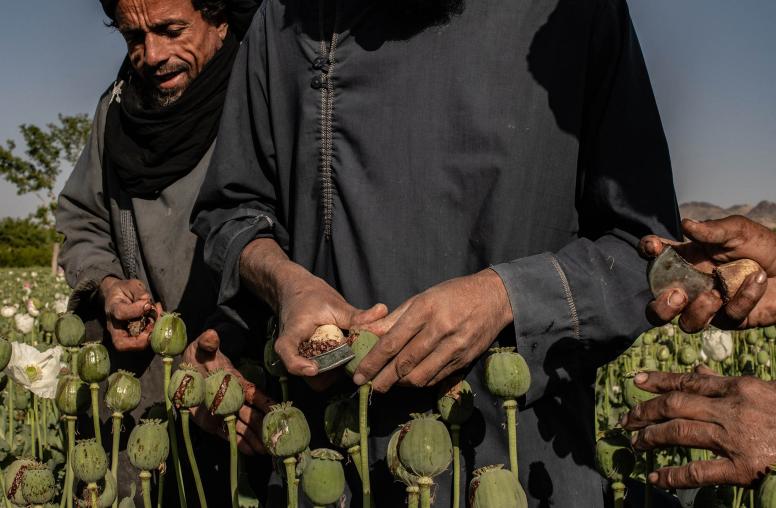Eleven years after the U.S. killed al-Qaida leader Osama Bin Laden, a U.S. drone strike killed his successor — the mastermind of the 9/11 attacks — Ayman al-Zawahiri, who was in Kabul, Afghanistan. Under al-Zawahiri’s leadership, the core al-Qaida group was unable to conduct any successful attacks on the West. But he preserved the terrorist group’s strategic relationship with the Taliban and al-Qaida affiliates in Africa and the Arabian Peninsula grew in potency. In this episode of “The Latest,” USIP’s Asfandyar Mir discusses how al-Qaida evolved under al-Zawahiri, who could take the helm of the group, and what this means for U.S. counterterrorism policy.



